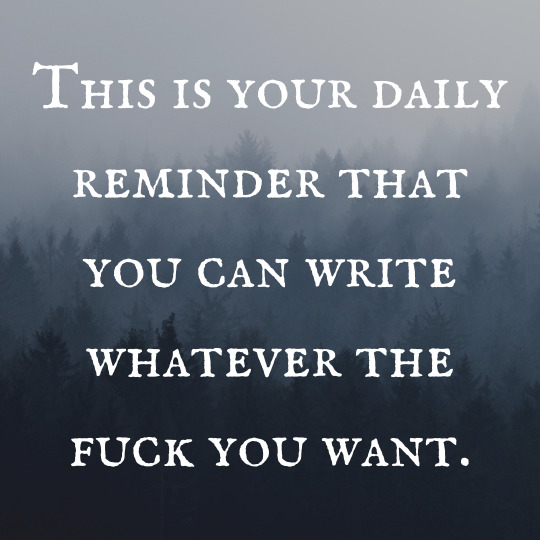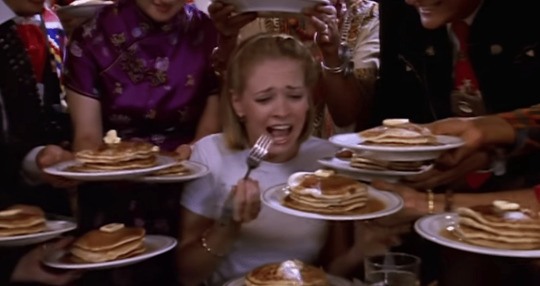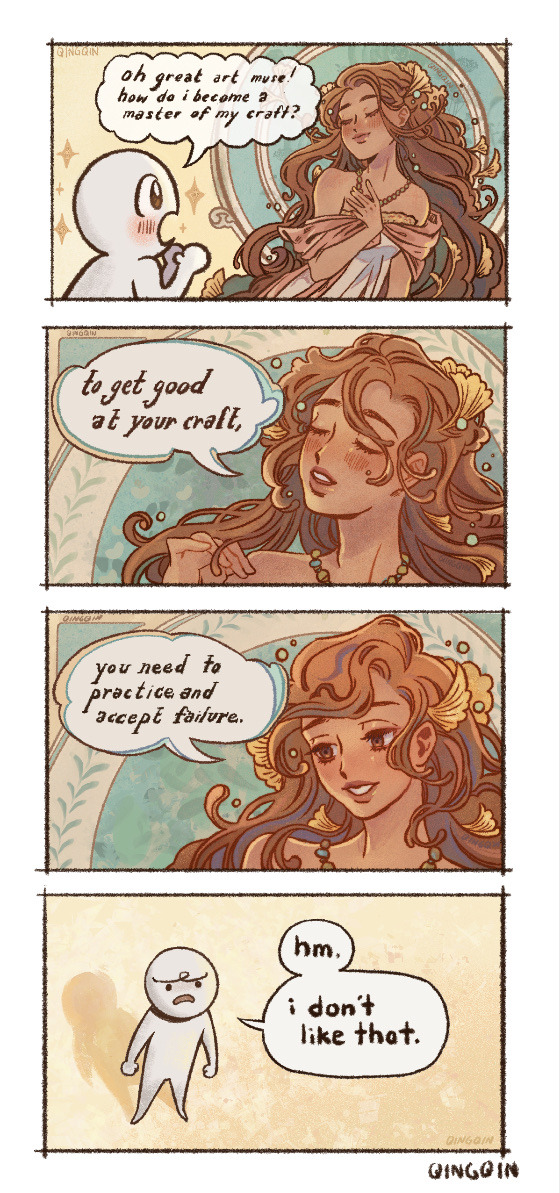Text
Zoom In, Don’t Glaze Over: How to Describe Appearance Without Losing the Plot
You’ve met her before. The girl with “flowing ebony hair,” “emerald eyes,” and “lips like rose petals.” Or him, with “chiseled jawlines,” “stormy gray eyes,” and “shoulders like a Greek statue.”
We don’t know them.
We’ve just met their tropes.
Describing physical appearance is one of the trickiest — and most overdone — parts of character writing. It’s tempting to reach for shorthand: hair color, eye color, maybe a quick body scan. But if we want a reader to see someone — to feel the charge in the air when they enter a room — we need to stop writing mannequins and start writing people.
So let’s get granular. Here’s how to write physical appearance in a way that’s textured, meaningful, and deeply character-driven.
1. Hair: It’s About Story, Texture, and Care
Hair says a lot — not just about genetics, but about choices. Does your character tame it? Let it run wild? Is it dyed, greying, braided, buzzed, or piled on top of her head in a hurry?
Good hair description considers:
Texture (fine, coiled, wiry, limp, soft)
Context (windblown, sweat-damp, scorched by bleach)
Emotion (does she twist it when nervous? Is he ashamed of losing it?)
Flat: “Her long brown hair framed her face.”
Better: “Her ponytail was too tight, the kind that whispered of control issues and caffeine-fueled 4 a.m. library shifts.”
You don’t need to romanticise it. You need to make it feel real.
2. Eyes: Less Color, More Connection
We get it: her eyes are violet. Cool. But that doesn’t tell us much.
Instead of focusing solely on eye color, think about:
What the eyes do (do they dart, linger, harden?)
What others feel under them (seen, judged, safe?)
The surrounding features (dark circles, crow’s feet, smudged mascara)
Flat: “His piercing blue eyes locked on hers.”
Better: “His gaze was the kind that looked through you — like it had already weighed your worth and moved on.”
You’re not describing a passport photo. You’re describing what it feels like to be seen by them.
3. Facial Features: Use Contrast and Texture
Faces are not symmetrical ovals with random features. They’re full of tension, softness, age, emotion, and life.
Things to look for:
Asymmetry and character (a crooked nose, a scar)
Expression patterns (smiling without the eyes, habitual frowns)
Evidence of lifestyle (laugh lines, sun spots, stress acne)
Flat: “She had a delicate face.”
Better: “There was something unfinished about her face — as if her cheekbones hadn’t quite agreed on where to settle, and her mouth always seemed on the verge of disagreement.”
Let the face be a map of experience.
4. Bodies: Movement > Measurement
Forget dress sizes and six packs. Think about how bodies occupy space. How do they move? What are they hiding or showing? How do they wear their clothes — or how do the clothes wear them?
Ask:
What do others notice first? (a presence, a posture, a sound?)
How does their body express emotion? (do they go rigid, fold inwards, puff up?)
Flat: “He was tall and muscular.”
Better: “He had the kind of height that made ceilings nervous — but he moved like he was trying not to take up too much space.”
Describing someone’s body isn’t about cataloguing. It’s about showing how they exist in the world.
5. Let Emotion Tint the Lens
Who’s doing the describing? A lover? An enemy? A tired narrator? The emotional lens will shape what’s noticed and how it’s described.
In love: The chipped tooth becomes charming.
In rivalry: The smirk becomes smug.
In mourning: The face becomes blurred with memory.
Same person. Different lens. Different description.
6. Specificity is Your Superpower
Generic description = generic character. One well-chosen detail creates intimacy. Let us feel the scratch of their scarf, the clink of her earrings, the smudge of ink on their fingertips.
Examples:
“He had a habit of adjusting his collar when he lied — always clockwise, always twice.”
“Her nail polish was always chipped, but never accidentally.”
Make the reader feel like they’re the only one close enough to notice.
Describing appearance isn’t just about what your character looks like. It’s about what their appearance says — about how they move through the world, how others see them, and how they see themselves.
Zoom in on the details that matter. Skip the clichés. Let each description carry weight, story, and emotion. Because you’re not building paper dolls. You’re building people.
8K notes
·
View notes
Text
starting a collection of my favourite AO3 author’s notes





honourable mentions


42K notes
·
View notes
Photo

Full Credits to Tim Han Reviews | Success Insider: Remember to protect your boundaries. ❤️
24 notes
·
View notes
Text
“Always, always trust your first gut instincts. If you feel something’s wrong, it usually is.”
— Unknown
512 notes
·
View notes
Text
“It is quite foolish to hope you will reach your dreams while you are hanging onto people intent on pulling you down.”
— Dodinsky
79 notes
·
View notes
Text

Girl in the subway, Tokyo, Japan by Ed van der Elsken, 1981
535 notes
·
View notes
Text
If your plot feels flat, STUDY it! Your story might be lacking...
Stakes - What would happen if the protagonist failed? Would it really be such a bad thing if it happened?
Thematic relevance - Do the events of the story speak to a greater emotional or moral message? Is the conflict resolved in a way that befits the theme?
Urgency - How much time does the protagonist have to complete their goal? Are there multiple factors complicating the situation?
Drive - What motivates the protagonist? Are they an active player in the story, or are they repeatedly getting pushed around by external forces? Could you swap them out for a different character with no impact on the plot? On the flip side, do the other characters have sensible motivations of their own?
Yield - Is there foreshadowing? Do the protagonist's choices have unforeseen consequences down the road? Do they use knowledge or clues from the beginning, to help them in the end? Do they learn things about the other characters that weren't immediately obvious?
93K notes
·
View notes
Text
early morning writing hack (real) (it's been working for about a month now):
think about the scene you're going to work on that morning not when you sit down to write, but the previous evening. this is daydreaming but with purpose. think about what might happen and how the characters feel about it. get excited. don't write a single word.
go about your evening normally, doing whatever else you do. your subconscious is a slow cooker and while you do other stuff, it's working on your idea for you.
get up early, like an hour before you'd need to start your day if you were cutting it close. everyone else in the world is snoozing their alarm, so no one can bother you rn. you're free! no one can judge your writing, not even you!
(optional i guess but it really helps me) unless the first few words of your scene are already clear in your mind, warm up. I've abandoned the idea of warm-up drabbles or whatever the hell people recommend. instead, I pull up a story by someone whose writing I love, and I type out a fragment of it in a blank doc, reading the words out loud as I go. this wakes up my writing brain as I become aware of how their prose and dialogue work their magic, when and where they reveal new information, how each detail leads to the next. I'd advise doing this with work that is of high quality and purposeful, so you can learn their tricks, but I'm not the boss of you.
write!!!!!!!
don't stop to judge if it's good or not!! it's too early for that shit!! if the draft sucks you can fix it later but you need the draft done first!!
do stop once yesterday evening's daydreaming prep has run out and you're out of steam. (sometimes the momentum can reveal the next part of the story you hadn't actively considered yet, but don't depend on it.) if you hit a wall where you have no idea how to continue, or it's still too vague to put words down, trying to push through will only bring frustration. and even if you do manage to write a bit more, the chances you'll end up scrapping it later because it doesn't fit are significant. just call it there, you're done.
take a minute to appreciate what you accomplished. you now have words you didn't have yesterday. you won the day, and meanwhile everyone else is still asleep, the absolute losers
if you use a word tracker, go ahead and input your word count for the day. maybe you got a lot done, or maybe you didn't; it's a victory either way. on mornings when I've been struggling, writing and then erasing and writing again, if I'm too pissed off to check the word count I just put down a symbolic number, like 50 words. it may not look like much, but when I look at the month's stats it feels good to have proof that I showed up and did the thing even when it was hard.
now you can start your day. and frankly at this point I don't give a shit how annoying my day is, because I already did the thing I care about getting done, so I'm not going through work resenting every task for stealing brain juice I could've used for writing in the evening. "I'll write when I'm done with work" is the ADHD hubris devil speaking.
and now it's the evening and you're free to daydream again!! and use absolutely zero brain power!! wheee!!
198 notes
·
View notes
Photo

From my private meme collection. Since I also work as an editor I often have to remind myself there aren’t actually any rules in writing. I’m happiest when I let myself follow my obsessions, my interests, my fancies and caprices–even if that means it doesn’t “make sense,” or the results are weird, or I never finish it, or no one ever wants to read it or publish it, or it’s 5 words long, or it’s written on toilet paper, or whatever. Sharing for whoever needs to hear this today <3
8K notes
·
View notes
Text
I've already said that my number one piece of writing advice is to read.
But my number two piece of advice is this: be deliberate.
Honestly this would fix so many pieces of bad writing advice. Don't forbid people from doing something, tell them to be conscious and deliberate about it. This could help stop people from falling into common mistakes without limiting their creativity. Black and white imperatives may stop a few annoying beginner habits, but ultimately they will restrict artistic expression.
Instead of "don't use epithets": "Know the effect epithets have and be deliberate about using them." Because yes, beginners often misuse them, but they can be useful when a character's name isn't known or when you want to reduce them to a particular trait they have.
Instead of "don't use 'said'" or "just use 'said'": "Be deliberate about your use of dialogue tags." Because sometimes you'll want "said" which fades into the background nicely, but sometimes you will need a more descriptive alternative to convey what a character is doing.
Instead of "don't use passive voice": "Be deliberate about when you use passive voice." Because using it when it's not needed can detract from your writing, but sometimes it can be useful to change the emphasis of a sentence or to portray a particular state of mind.
Instead of blindly following or ignorantly neglecting the rules of writing, familiarize yourself with them and their consequences so you can choose when and if breaking them would serve what you're trying to get across.
Your writing is yours. Take control of it.
It probably sounds like I'm preaching to the choir here because most of my mutuals are already great writers. But I'm hoping this will make it to the right people.
21K notes
·
View notes
Text
every writing tip article and their mother: dont ever use adverbs ever!
me, shoveling more adverbs onto the page because i do what i want: just you fucking try and stop me
246K notes
·
View notes
Text







Hi, it's been a while because I forgot tumblr
3K notes
·
View notes
Text
How it feels working a 9 to 5 and having too many WIPs of varying forms and genres alongside unrealistic expectations for myself as a writer yayyy xox

4K notes
·
View notes
Text
How to Describe Faces in Writing

A human face reveals a lot about a person.
In creative writing, describing a character’s face can uncover information about who they are and how they feel.
Writers can zoom in on individual features, like the eyes or mouth, or describe a face in its entirety to paint a picture of a character.
Develop a character through their most telling attribute—their face.
Tips for Describing Faces in Your Writing
Use figurative language when describing a character’s face. When you’re introducing a character for the first time and want the reader to create an image in their mind, use figurative language to describe the character’s face instead of just stating the obvious qualities. For example, you can use similes and metaphors. It’s okay to simply say, “She has blonde hair,” but you could also use a simile: “Her hair was golden like the sun.” In Great Expectations Charles Dickens uses a unique metaphor to describe a feature of a character’s face: “His mouth was such a post-office of a mouth that he had a mechanical appearance of smiling.”
Create facial expressions that reveal emotions. How a character’s eyes, eyebrows, nose, forehead, mouth, and chin move in unison can let a reader in on their emotions. A character can have a facial tic when they get nervous. Whether it’s raised eyebrows and a mouth curved into a smile or a furrowed brow and an upper lip curled into a scowl, you can use a character’s expressions instead of dialogue to reveal their feelings about a situation.
Frame your character’s face with a hairstyle that reflects their story. A crewcut might signify a military soldier or someone who likes to be in control. A ponytail or pigtails might indicate a young character. Describe a character’s hair color—black hair, dark hair, brunette, redhead, blonde, gray, or white—in interesting ways instead of just stating the shade. It makes a difference whether your character dyes their hair or keeps it its natural shade. Describe the length of their hair. A confident businesswoman might have short or shoulder-length hair. A musician might have longer hair. Match your character’s hairstyle with their personality.
Make facial hair an element of a character’s style. How a male character keeps his facial hair is telling. If he’s constantly clean-shaven, he might go to a regular corporate job. A bit of stubble can signify a more casual career. From a beard to sideburns to a goatee, facial hair helps paint a picture of a male character and can help represent their life and what they do.
Realize that eyes are windows to the soul. There are endless ways to depict eyes. Describe obvious characteristics like eye color—green eyes, blue eyes, brown eyes, gray eyes, or black eyes. Highlight their shape—round, almond, narrow. Think about the entire orbital structure, from eyelids to eyelashes. Illustrate how the eyes are placed in relation to the character’s face—deep-set, wide-set, or close-set. Give eyes their own movements to tap into a character’s feelings. Let a character’s eyes twinkle, squint, gaze, or glare.
Describe your character’s skin. The tone and texture of a character’s skin can provide insights into a character’s life. A child’s face might be freckled. A sickly character might look pasty. An old cowboy might be good looking and rugged with craggy skin.
Give your character unique facial features. Set a character apart with distinguishing facial features. Give them dimples, freckles, or unique markings on their face. Give them poor vision so they need to wear eyeglasses. Maybe they wear heavy makeup or have piercings. Think of different ways you can create unique facial features that help define a character.
Source ⚜ More: Notes & References ⚜ Writing Resources PDFs
269 notes
·
View notes


